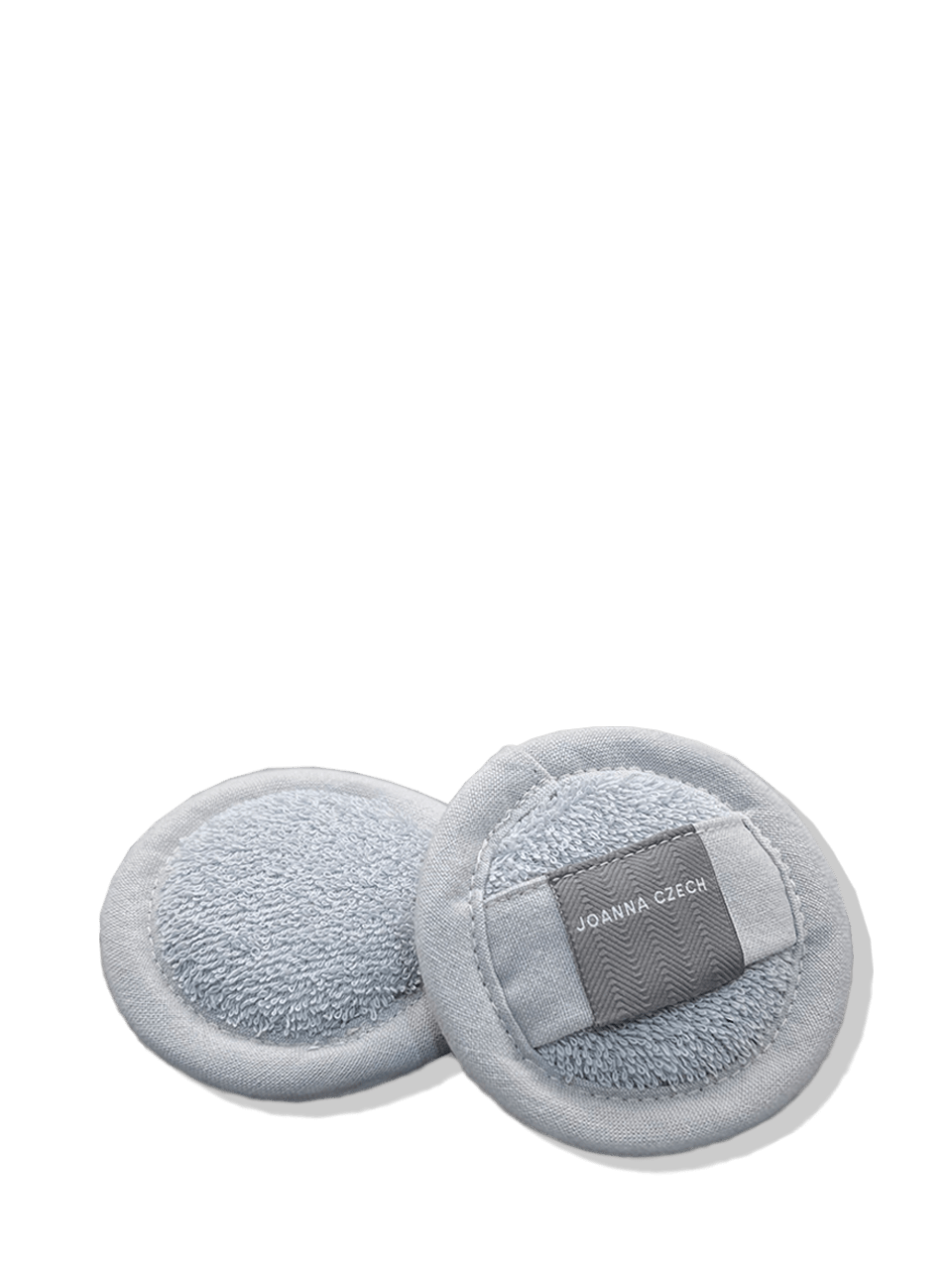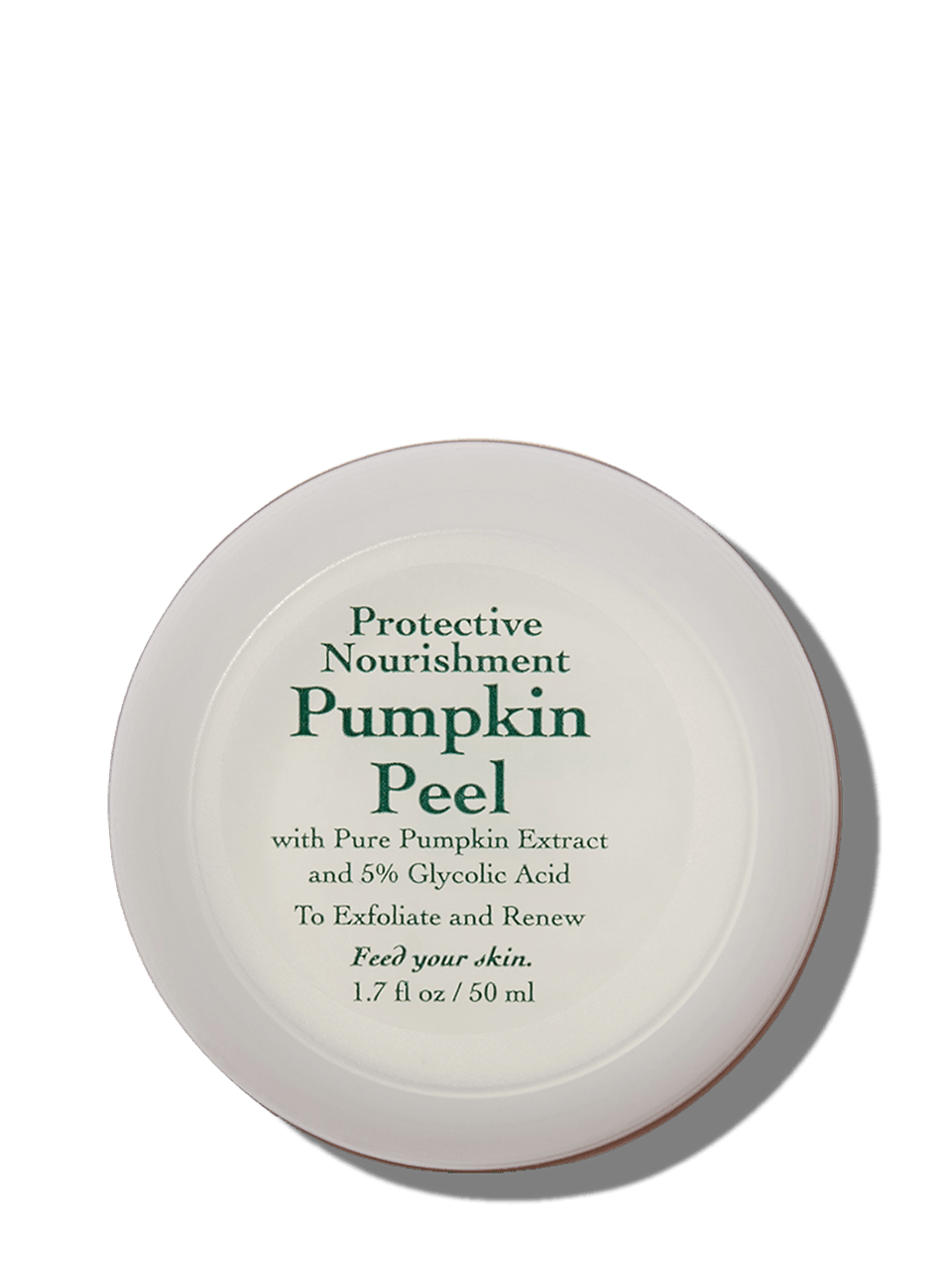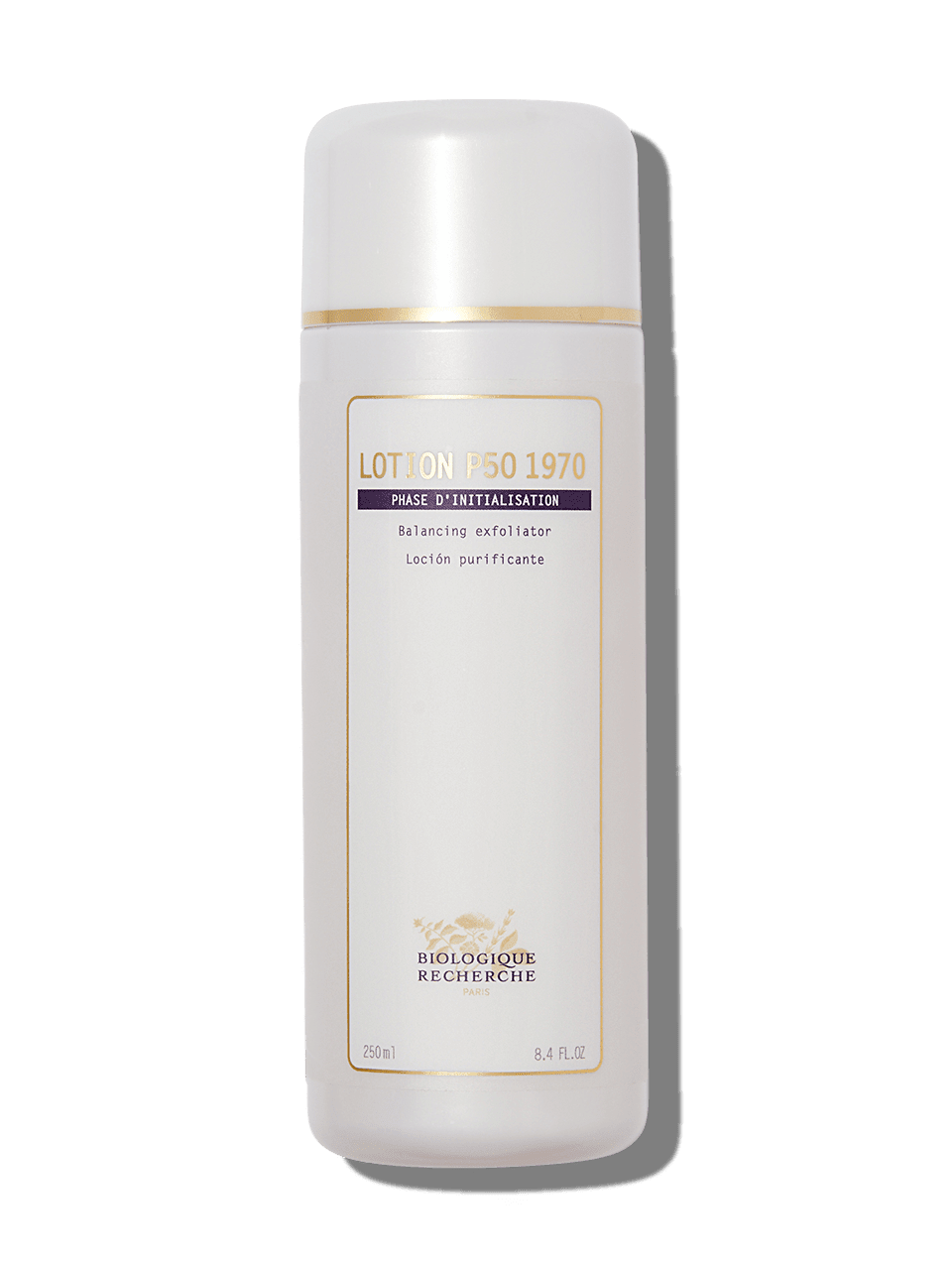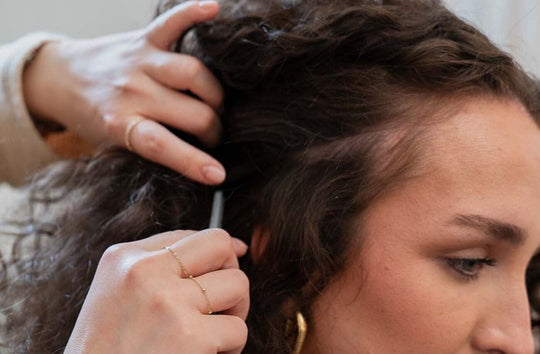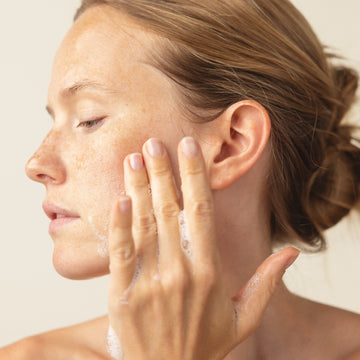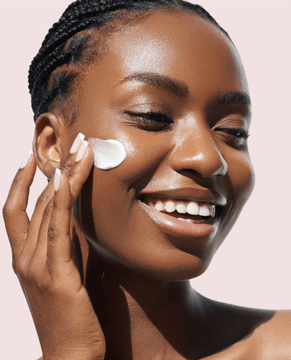The Art of Exfoliation: Choosing the Right Method For Your Skin
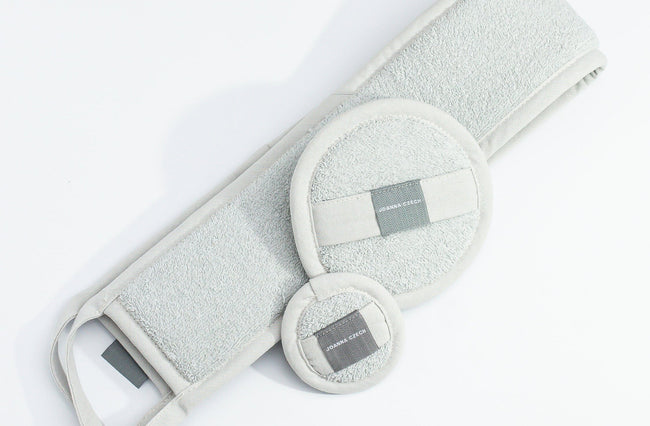
The Art of Exfoliation: Choosing the Right Method For Your Skin
Exfoliation is a key step in a well-rounded skincare routine, helping shed dead skin cells, unclogging pores, smoothing skin texture, promoting cell turnover, and enhancing the absorption of skincare products. There’s no denying that regular exfoliation can result in a brighter complexion and more youthful-looking skin.
But if exfoliation is done improperly or excessively, it can cause skin irritation and damage to the epidermis. Whether you have dry, acne-prone, combination, oily, or sensitive skin, choosing the exfoliation method best suited to your needs is crucial to avoiding unwanted side effects and achieving optimum results. It’s a delicate balance that we consider an art.
All of this may leave you wondering, which exfoliator is best for my skin? We go over the three skin exfoliation methods—physical, chemical, and enzyme— and equip you with the knowledge to choose the right approach for your skin's unique needs.
Understanding Exfoliation
Exfoliation is the process of removing dead skin cells from the skin's surface through one of three methods: physical, chemical, or enzyme. Benefits of exfoliation range from cell renewal, improved skin tone and texture, reduced appearance of fine lines and wrinkles, and fewer breakouts.
Each method has its own advantages and considerations based on your individual condition and concerns, which we discuss below.
Different Skin Exfoliation Methods
Understanding the three skin exfoliation methods will help you determine which will be best for your complexion that day. There isn't one best method to exfoliate skin because it all depends on your skin's condition and level of reactivity.
Physical Exfoliation
Physical exfoliation is the process of manually scrubbing the skin using granular or textured products. One of the most common home skin exfoliation methods, physical exfoliators (i.e., scrubs or polishes), gently massage the skin in circular motions. The benefits of physical exfoliation include immediate results, increased circulation, and smoother skin.
We often forget that face wash pads and towels are also a type of exfoliation, so you don't need to use any additional exfoliating products when using these accessories. Exfoliating the body with tools like dry brushes and back wash pads can be used daily and are incredibly beneficial for the tougher skin on our bodies.
However, for our face, we need to be more careful. It's very easy to go too far with physical exfoliators and disrupt the skin's protective lipidic barrier. They can also create micro-tears, creating inflammation and making your skin more sensitive.
Best physical exfoliators for different skin types:
- Dry skin: Gentle formulas with moisturizing ingredients like oatmeal, honey, or fatty-acid-rich oils will rehydrate the skin, such as Reflekt’s Daily Exfoliating Face Wash.
- Acne-prone skin: Formulas with salicylic acid or tea tree oil will help unclog pores and control breakouts. But beware of using physical exfoliators over active breakouts. Instead, use these as a preventative treatment.
- Combination skin: Products with a balanced formula that addresses both oily and dry areas of the skin.
- Oily skin: Formulas with ingredients like charcoal or clay will absorb excess oil and purify the skin.
-
Sensitive skin: Start low and slow by using mild physical exfoliators with fine particles and avoiding harsh scrubbing motions.
Chemical Exfoliation
Chemical exfoliation is the use of acids or enzymes to dissolve and remove dead skin cells. Chemical exfoliants work by breaking the bonds between skin cells, allowing the cells to regenerate on a deep level, shed, and promote regrowth.
There are two types of chemical exfoliants: Alpha Hydroxy Acids (AHAs) and Beta Hydroxy Acids (BHAs), and the benefits differ between the two.
- Alpha Hydroxy Acids (AHAs): AHAs like glycolic acid and lactic acid are water-soluble and work on the skin's surface, addressing dullness, discoloration, and fine lines.
-
Beta Hydroxy Acids (BHAs): BHAs like salicylic acid are oil soluble and penetrate deeper into the pores, making them effective for acne-prone and oily skin. If you’re wondering which exfoliator is best for oily skin, this is your best choice.
Both acids run the risk of skin irritation, redness, and sun sensitivity. The latter is especially true if you apply the treatment before heading out in the skin and skipping SPF.
Best chemical exfoliants for different skin types:
- Dry skin: Gentle AHAs like lactic acid or fruit enzymes mildly exfoliate without drying out the skin, like Environ’s Botanical Moisturizing Toner.
- Acne-prone skin: BHAs like salicylic acid offer deep pore cleansing and reduce inflammation related to breakouts.
- Combination skin: A combination of AHAs and BHAs together control texture, premature aging, and excess oil production. When determining which exfoliator is best for combination skin, the Biologique Recherche Lotion P50 collection is one of the best on the market.
- Oily skin: Potent BHAs help regulate oil production and exfoliate congested pores effectively.
- Sensitive skin: Try gentle AHAs or enzyme-based exfoliants with lower concentrations to minimize the risk of irritation.
Enzyme Exfoliation
Chemical and enzyme exfoliation both work on a chemical level but in different ways. Enzyme exfoliation breaks down keratin, the protein in dead skin cells on the skin’s surface, using natural fruit or plant enzymes such as papain from papaya or bromelain from pineapple.
Enzyme exfoliation is typically milder than chemical or physical exfoliation methods making it perfect for those looking for an introductory treatment. If you’re here to find out which exfoliator is best for sensitive skin, enzyme-based formulations may be the ideal choice. However, you may notice slower results, especially if you have deep-seated skin concerns.
Best enzyme exfoliants for different skin types:
- Dry skin: Look for hydrating ingredients like papaya or pumpkin to nourish and exfoliate simultaneously.
- Acne-prone skin: Formulas with antibacterial properties, like pineapple or grapefruit will help address breakouts without causing irritation. Protective Nourishment’s Spot Treatment Mask is a great option.
- Combination skin: Try a moderate and balanced formula to maintain the skin's equilibrium without over-stripping. Tatcha’s Classic Rice Enzyme Powder is an excellent cleansing booster, perfect for a variety of skin types.
- Oily skin: Enzyme exfoliants with oil-regulating properties like papaya and kiwi help control sebum production and unclog pores.
- Sensitive skin: Look for formulas with soothing ingredients like chamomile or aloe vera to minimize potential sensitivity.
Choosing the Right Exfoliation Method for Your Skin
Now that you know about the three different skin exfoliation methods, choosing your ideal treatment will be much easier. Since you don't want to disrupt your skin's protective barrier, there are a few factors to consider and a little research, and you'll be on your way to brighter skin.
Assess your skin’s condition:
Do you know your skin type? The truth is that our skin's "type" changes from day to day due to climate, diet, and lifestyle. This is why we like to refer to the skin's "condition" instead. Here are the characteristics of common skin conditions:
- Dry skin: Tightness, flakiness, and a lack of oil production. Look for gentle exfoliation methods that also rehydrate and nourish the skin.
- Acne-prone skin: Frequent breakouts, inflammation, and clogged pores. Turn to exfoliation methods that address excess oil and unclog pores without causing irritation, like Beta Hydroxy Acids (BHAs).
- Combination skin: Both oily and dry areas on different parts of the face. Moderately exfoliating methods such as Alpha Hydroxy Acids (AHAs) balance the skin's needs without exacerbating either extreme.
- Oily skin: Excessive sebum production, enlarged pores, and a shiny complexion. Try Beta Hydroxy Acids (BHAs) to regulate oil production and prevent clogged pores.
- Sensitive skin: Redness, reactivity, and a tendency to develop rashes or irritation. Turn to gentle exfoliation methods with minimal risk of irritation or inflammation.
Consider these factors when choosing an exfoliation method:
- Skin sensitivity: Opt for milder exfoliation, lower concentrations, and patch testing products first.
- Eczema, rosacea, or dermatitis: These skin conditions require extra caution and consultation with a dermatologist or esthetician.
- Personal preferences: Texture, scent, and your budget can play a role in choosing the right method. Experiment, or try samples from your esthetician to find out what you prefer.
Research exfoliating methods and seek expert advice:
Beyond this guide, you can research, read product reviews, and perform patch tests using trial-size products before committing to a particular exfoliation method.
Still wondering which exfoliant is best for dry skin? Or which exfoliator is best for acne prone skin? Then it’s probably best to consult with an expert. You can schedule a virtual consultation with one of our talented estheticians, ask them every question you have about exfoliation, and receive a customized product prescription.
Incorporating Exfoliation into Your Skincare Routine
Now that you’ve chosen which exfoliator is best for your skin, here are some tips as you begin to incorporate exfoliation into your skincare routine.
- Exfoliate 1-3 times per week: With dry and sensitive skin on the lower end and oily and combo skin at the higher end. Always start slow and work your way up as your skin adjusts. This is a general rule, and you’ll want to see how your skin reacts, but I wouldn’t recommend exfoliating more than every other day.
- Use sun protection during the day and exfoliate at night: When using chemical exfoliators, your skin is more susceptible to sun damage, so incorporating your acids into your nighttime routine and wearing SPF during the day is critical.
- Don’t mix: Don’t mix exfoliating products with one another unless you’ve consulted with your esthetician, and don’t use retinol the same day you’re exfoliating either.
- Exfoliating doesn’t replace cleansing: Cleanse your skin first to remove dirt and debris, tone the skin to pH balance, and then exfoliate. This will ensure your chemical or enzyme exfoliants penetrate deeper.
- Be consistent: Last but not least, consistency is the key to seeing results with exfoliating treatments. Be patient, and you won’t be disappointed.
The Importance of Choosing the Right Exfoliation Method For Your Skin
Exfoliation is undoubtedly a transformative step in achieving healthier, more radiant skin. However, like any art, it requires finesse and precision to achieve optimal results. Remember, there is no one-size-fits-all approach when it comes to exfoliation. Understanding your skin's condition and specific needs takes time, for it can change daily. Whether you opt for physical, chemical, or enzyme exfoliation, always proceed cautiously and note your skin's reactions.
As you embark on your exfoliation journey, don't hesitate to seek expert advice. Remember, consistency is key, and patience is your ally. Just like the rest of your non-invasive skincare routine, treating your skin with care will reward you with a luminous, youthful glow.


